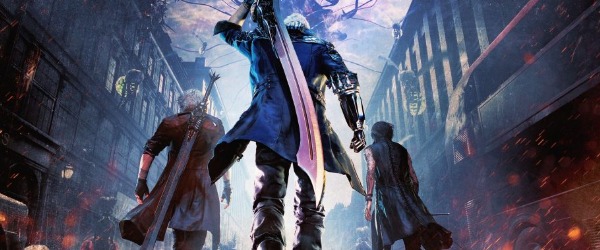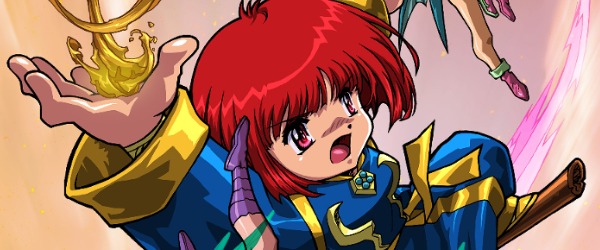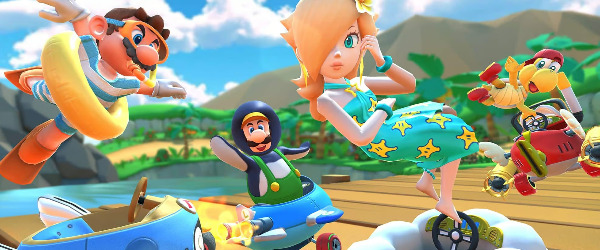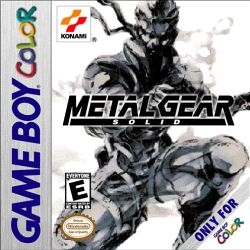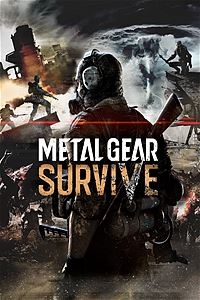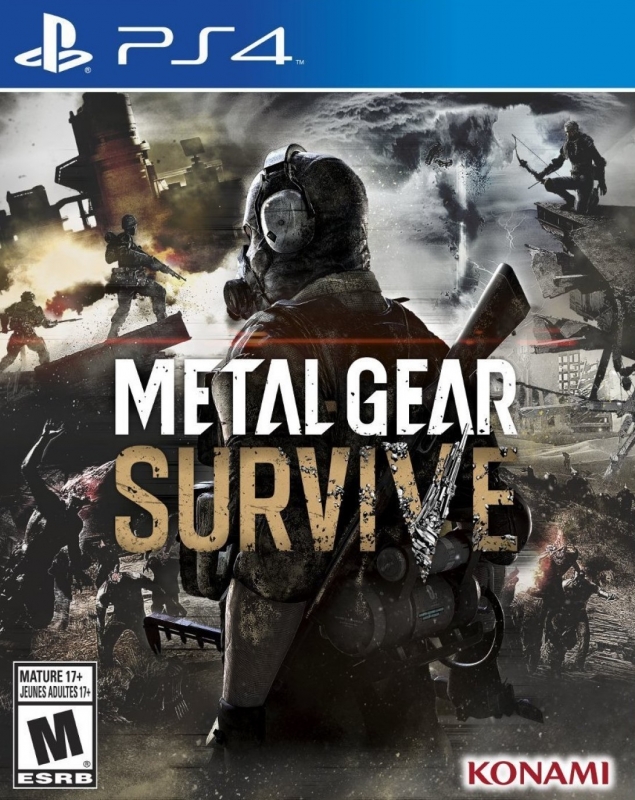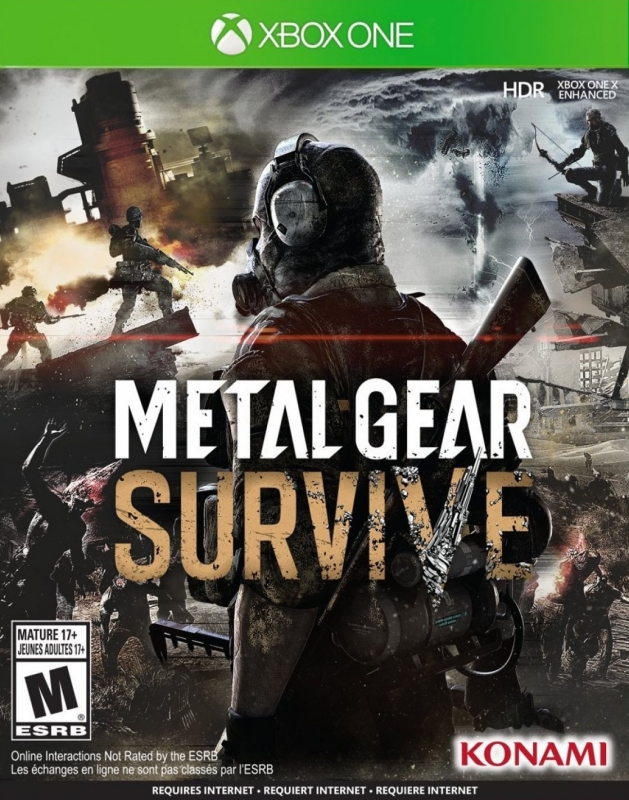
History of Metal Gear: A Quick Detour (Spin-Offs) - Article
by Taneli Palola , posted on 16 August 2018 / 3,528 ViewsOver the course of its decades long history, the Metal Gear series has branched out in a number of different directions beyond the mainline titles. While Hideo Kojima has directed the series according to his own extremely unique vision, the Metal Gear name has been attached to a lot of different types of games of highly varying quality.
Although I can't really devote entire articles to each of these smaller releases, I think they still deserve to be talked about and acknowledged, even if they aren't held in the same high regard as the main installments. With that in mind, let's take a quick look at all of the spin-off releases carrying the Metal Gear name which are generally not considered part of the series' main continuity.
Metal Gear: Ghost Babel
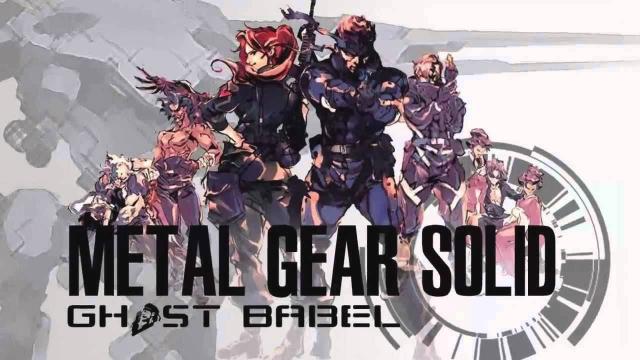
Disregarding the non-canon sequel to the original Metal Gear, titled Snake's Revenge, which I've already talked about in an earlier article, the first real spin-off in the series was Metal Gear: Ghost Babel (known just as Metal Gear Solid outside of Japan) on the Game Boy Color. Released in 2000, Ghost Babel took the series back to its roots, essentially ignoring the events and style Kojima had established in Metal Gear Solid on the original PlayStation. Instead, the game follows the overhead style that had previously been used in Metal Gear 2: Solid Snake on the MSX2.
In addition to returning to an earlier style of gameplay, Ghost Babel also presented an alternate timeline to the one seen in the main MGS games. Serving as an entirely separate continuation of the original Metal Gear and set seven years after its events, Ghost Babel is largely unrelated to any other game in the franchise, featuring an almost entirely unique cast of characters.
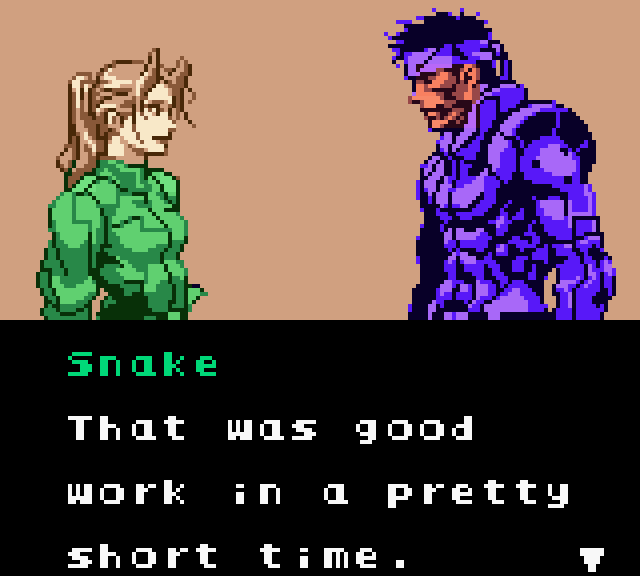
It does share one notable plot similarity with the first Metal Gear Solid in that Solid Snake is brought back from retirement for one last mission to stop yet another Metal Gear prototype, which is similar to his mission at Shadow Moses in the PS1 classic. Today it's something of a curiosity within the series, as there have been no other games like it since, and its story has seen no form of continuation either.
The one clear issue with it is the visual quality. There's no question that the Game Boy Color wasn't exactly the most powerful platform around, and by 2000 it was really getting on in years. On the smaller screen Ghost Babel does still look decent at least, but it's definitely showing its age and the platform's limitations.
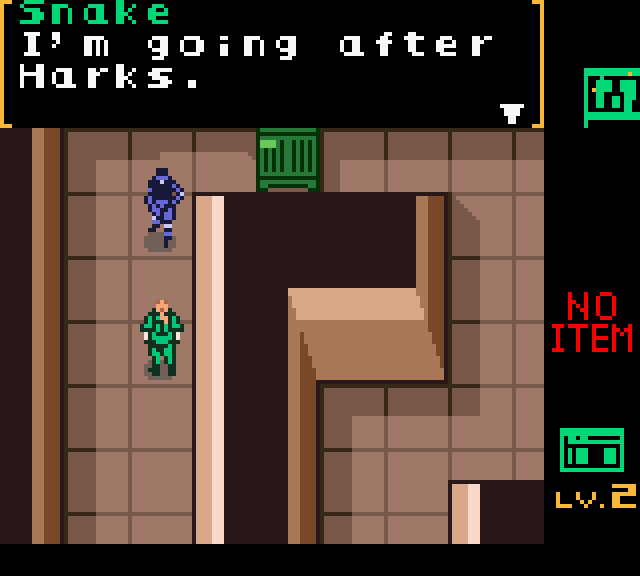
However, I would be remiss to not give Ghost Babel its due praise. To this day, it is quite likely the best spin-off title in the entire franchise. The development team masterfully worked around the rather strict technical limitations of the Game Boy Color, creating an experience within the confines of the handheld that still feels like a genuine Metal Gear title and which contains everything that fans had come to expect from such a game following Metal Gear Solid.
Metal Gear Acid & Acid 2
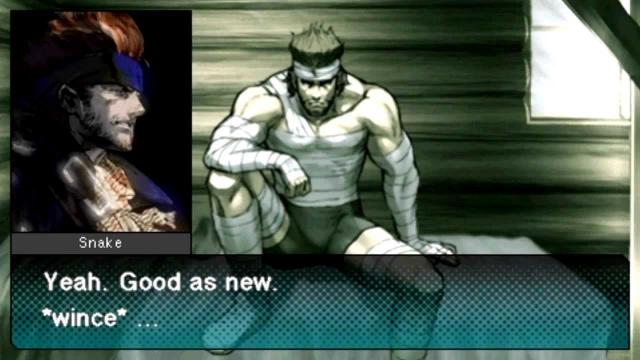
Among the strangest video game releases associated with the Metal Gear name have to be the two Metal Gear Acid games that were released on the PSP in 2004 and 2005. As was the case with Ghost Babel, Kojima only served as the producer for these titles, letting other people handle the writing and directing duties in his stead. Notably, many of the people who had worked on Ghost Babel were integral in the development of these two releases as well.
Much of the strangeness of Acid and Acid 2 come from their gameplay, which abandons and changes much of what people usually associate with the franchise. Instead of the usual stealth action gameplay, we got a pair of turn-based collectible card games. To say that this was a bit of a departure for the series would be an understatement. Nobody was really expecting anything like it, but fortunately they're actually quite decent.
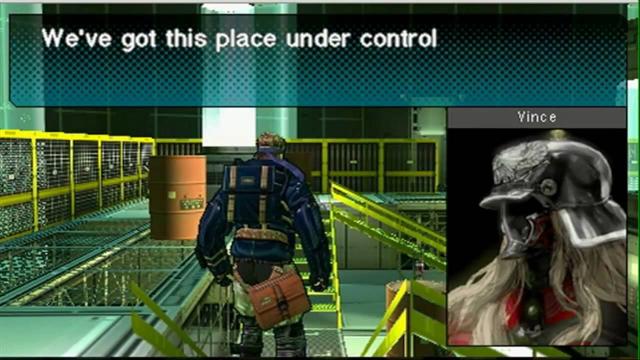
Visually, Metal Gear Acid is fine, but nothing really special. It uses a similar realistic visual approach as the main home console releases, and as such the limitations of the PSP do show themselves quite often. On the other hand, Acid 2 is actually quite a stylish game, even by today's standards, mostly thanks to its use of a cel-shaded art style that doesn't suffer nearly as much from aging.
As with pretty much all of these spin-offs, these two featured a self-contained storyline that had little-to-nothing to do with the mainline MGS games. For example, Acid takes place in 2016, which would place it two years after the events of Guns of the Patriot, which doesn't really make sense considering how that game ends, yet Acid stars Solid Snake as his younger self. This pretty much marks it as a non-canon side story.
Regardless, both games are still certainly among the better spin-offs in the series. Even if there were nothing else to them, their novelty value alone would be something to make them worth playing. Fortunately, they both happen to also be genuinely enjoyable titles that are still oddly worthy of the Metal Gear name.
Metal Gear Solid Mobile, Touch & Social Ops
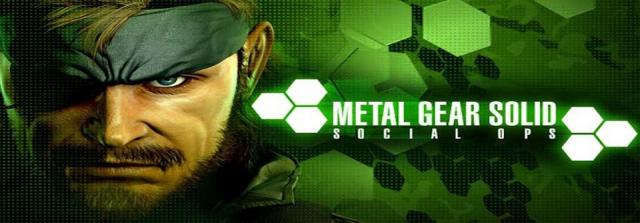
In between all of the higher profile console and handheld releases, the Metal Gear series has also produced a few mobile games over the years, most notably the three titles mentioned above. While there isn't necessarily a lot to talk about when it comes to these games, I figured I should at least briefly mention them as well.
The first of these was Metal Gear Solid Mobile, released in 2008 for mobile phones and, notably, Nokia's N-Gage. Taking place between the events of Metal Gear Solid and Metal Gear Solid 2, it once again features a story starring Solid Snake on a mission to stop the development of another Metal Gear, as one had come to expect from such spin-offs.
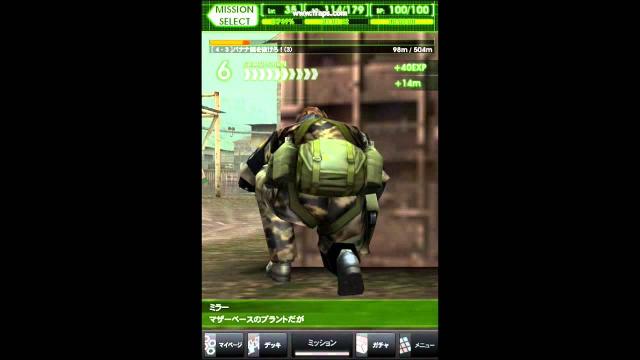
The second game to be released was Metal Gear Solid Touch, which was made for iOS and released in 2009. Touch was notable in the sense that it was actually made by Kojima Productions, and Kojima himself served as its designer. In terms of content this is essentially a mobile version of MGS4, featuring various levels and the entirety of the storyline from the PS3 title in a more streamlined form.
Finally, in late 2012 we got Metal Gear Solid: Social Ops for iOS and Android. There isn't all that much to say here, as the game was pulled from stores just a little over a year later, and the game's online services ended in January 2014. The game itself was free to download, with additional downloadable mission packs available for purchase.
Metal Gear Survive
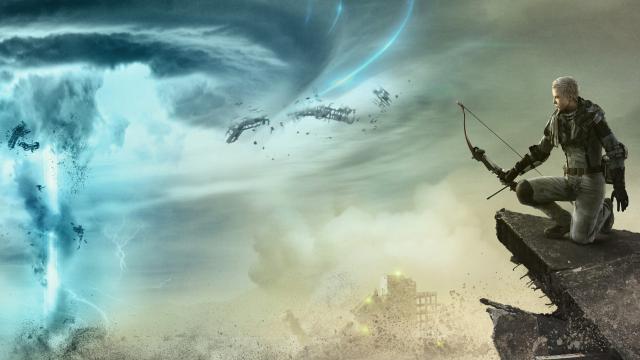
Finally, we have the first, and so far only Metal Gear title released after Kojima's departure from Konami, following some rather controversial actions by the publisher during Phantom Pain's development which created a rift between Kojima and Konami. Due to these events people's expectations towards Metal Gear Survive weren't exactly high, and even then it was considered a disappointment by fans.
Survive takes place between Ground Zeroes and Phantom Pain, and stars a nameless MSF soldier who had worked for Big Boss on Mother Base. After a mysterious wormhole appears above Mother Base, the soldier is rescued by a government organization, and later sent through another wormhole into another dimension to rescue any possible survivors and find a cure for the parasite that is turning humans into zombie-like creatures.
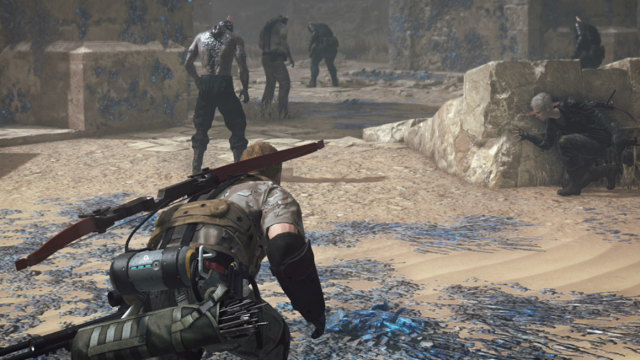
The story in Survive isn't exactly the most original, and the fact that Konami's first attempt at a Metal Gear game after Kojima's rather unceremonious departure from the company is basically a zombie survival game speaks volumes about the level of originality at play here.
While it can be said that the core gameplay of Survive has at least some merit, most of that can be attributed to the fact that the game was built with the same engine that powered Phantom Pain, which meant that the developers could just take the work that had been done on that game and bolt it onto the new title as is. Even then they failed to create anything truly new or interesting for it.
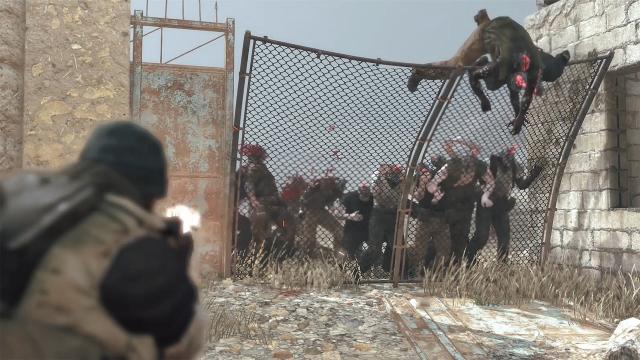
There's really no getting around it. Metal Gear Survive always came off as a cynical attempt at cashing in on the name value of Metal Gear Solid while Konami still can. Kojima's departure has essentially put a timer on the value of the Metal Gear name, and titles like this are certainly not going to extend that timer. Things like having to pay money if you want more than one save slot don't exactly score Konami any extra points either. Everything about Survive is just lazy, starting with its exceptionally generic name and going all the way to its core gameplay.
This entry's most of the positive aspects, such as its visuals, can be attributed to being copied wholesale from Phantom Pain. The rest of the game is at best average, and at worst a complete waste of everyone's time. A rather telling fact about the title is that Konami's earnings reports have yet to say anything about its commercial performance, despite it being, at least in name, a part of the company's flagship franchise.
Are These Games Still Worth Playing?
The difference in quality between the various spin-offs in the Metal Gear franchise is huge. Of the games I've talked here, three are still well worth tracking down and playing if you get the chance to do so. Of these, Ghost Babel is probably the best of the lot. It took the style of the first two games in the series and added elements from Metal Gear Solid to create its own unique take on the Metal Gear formula. In some ways it even rivals many of the mainline MGS titles in quality.
The other two titles still worth a look are Acid and Acid 2. While the self-contained storylines and the rather unusual gameplay style might catch some players off guard at first, there's a lot of enjoyment to be found in them. It's also notable that both of these games, as well as Ghost Babel, were directed by Shinta Nojiri, which might just explain why they are the ones still worth playing all these years later.
The rest of the spin-offs aren't nearly as interesting or well made. The mobile releases don't really bring anything new to the series, mostly serving as more limited versions of the proper mainline releases. They might be decent considering the platform they're on, but I'd just recommend playing the console releases instead.
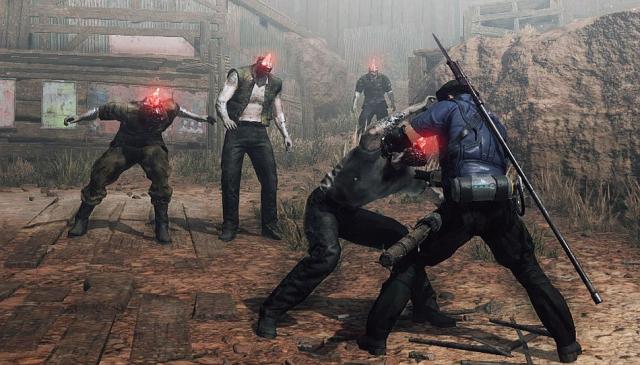
Metal Gear Survive is the worst of the lot, and possibly the worst game in the entire series to-date, which probably wasn't exactly the start Konami was hoping for post-Kojima, although I'm not sure if they really even care at this point. Whatever your opinion about the Metal Gear series, one thing you could never accuse them of being was dull and generic, at least until this game. Survive looks boring, has very little to offer in terms of unique elements, and worst of all, just doesn't feel like a Metal Gear game.
Survive is an unfortunate blemish on the face of a storied and beloved franchise, and one that should probably just be forgotten by anyone involved. The truly sad part is that with Konami's seeming disinterest in actually making video games these days, Survive could end up being the series' swan song. Although to be fair, if this is the quality we would have to look forward to, maybe that's for the best.
Sources:
- Konami's 2018 Financial Report








